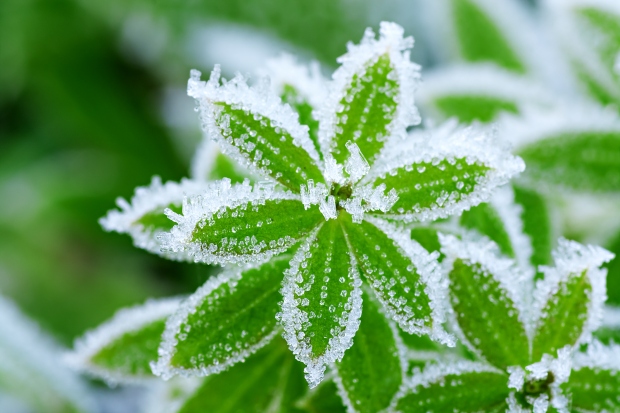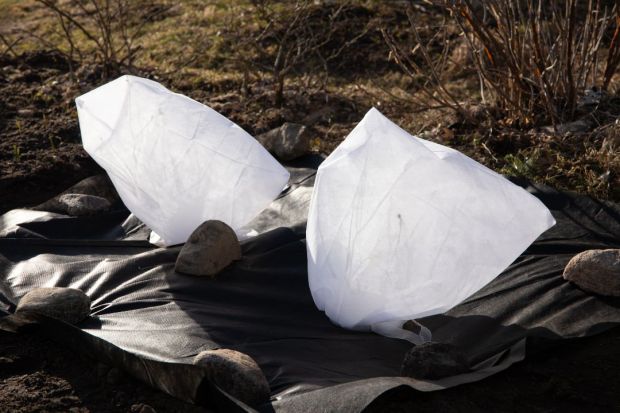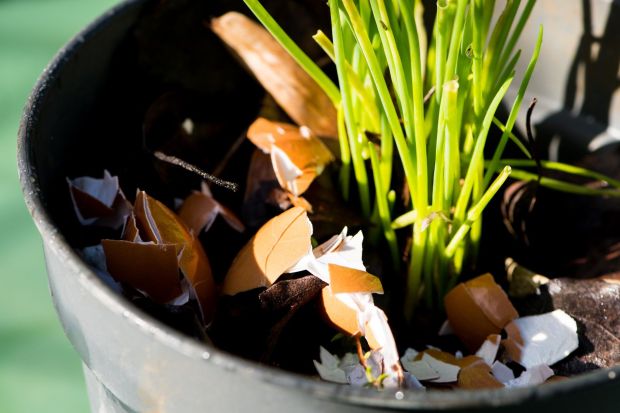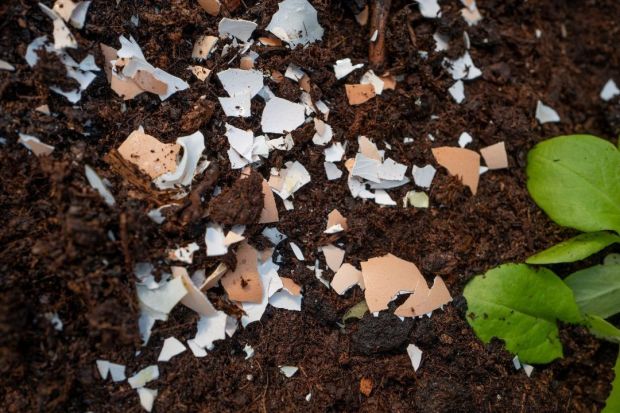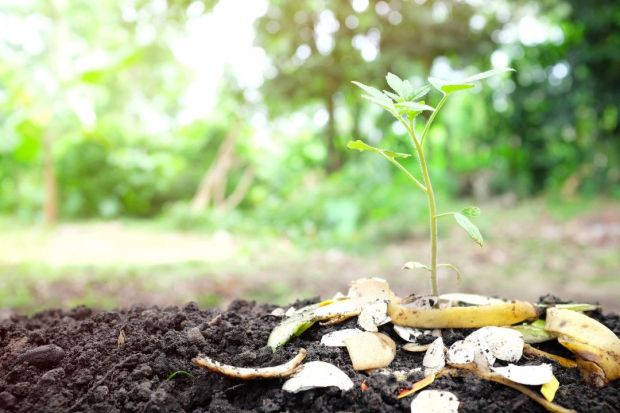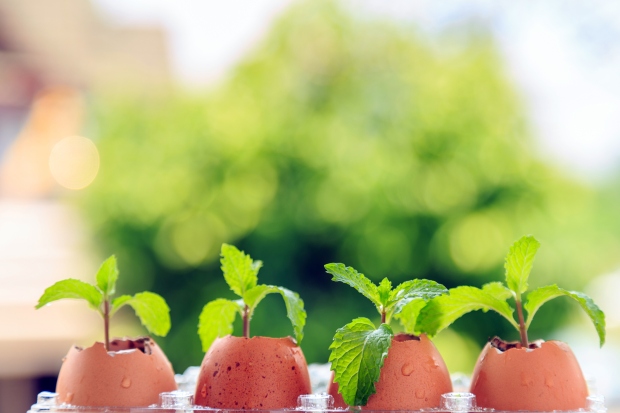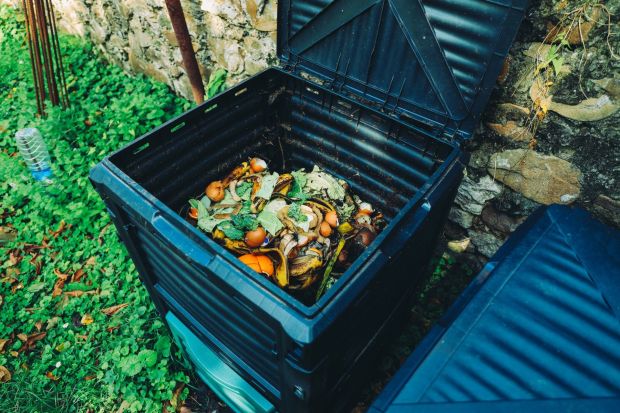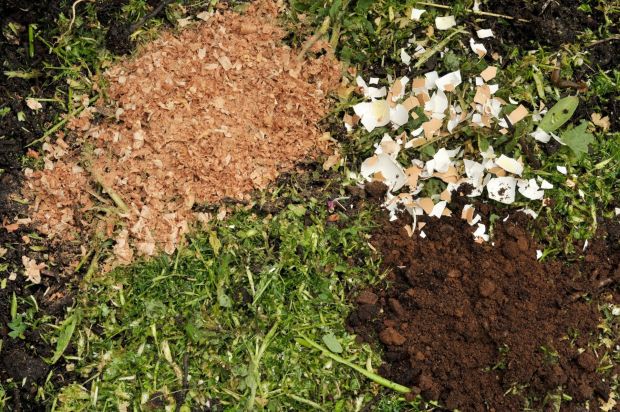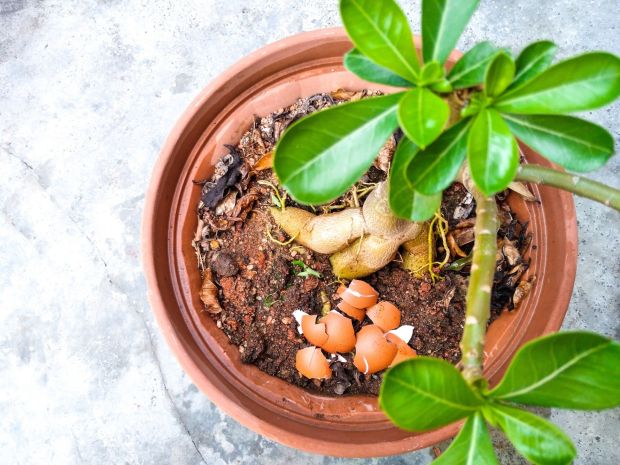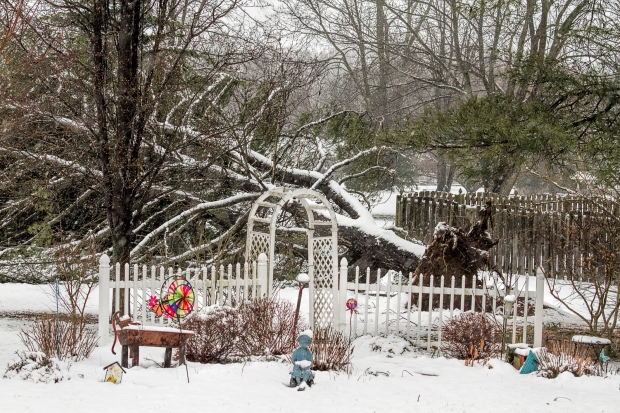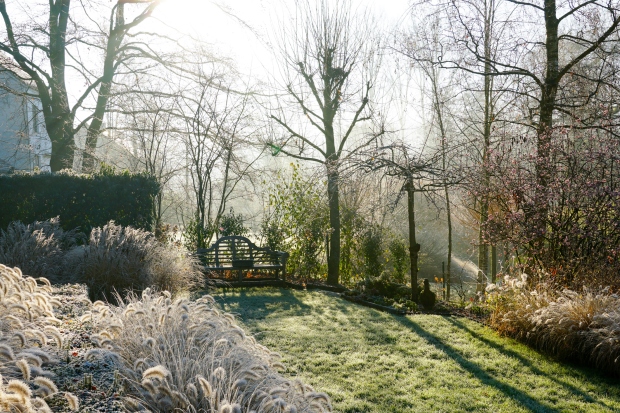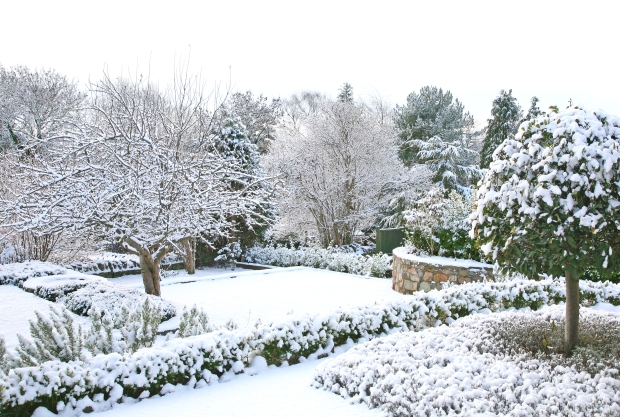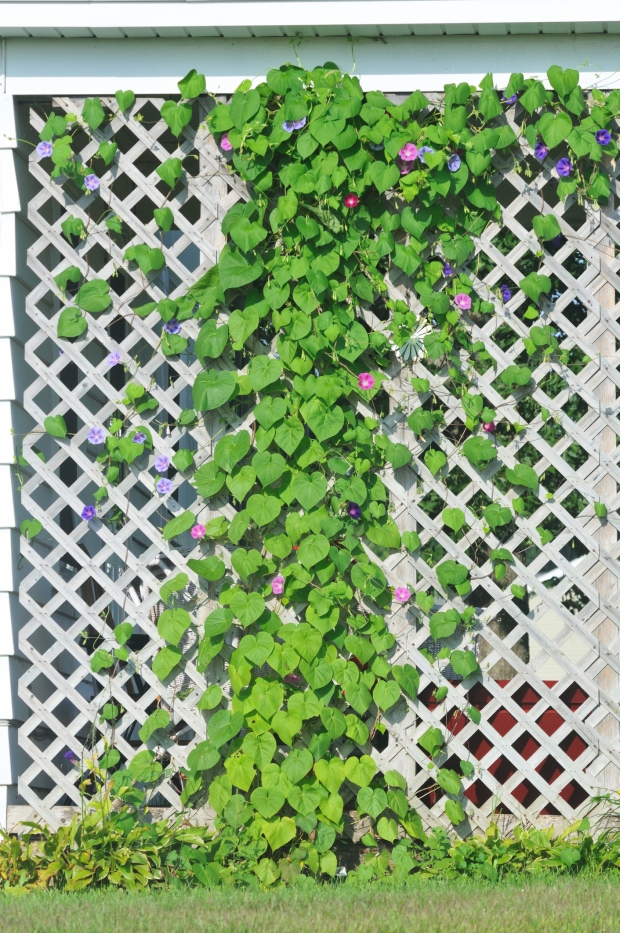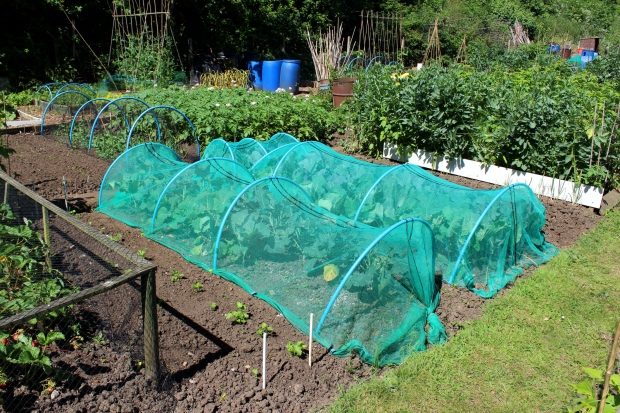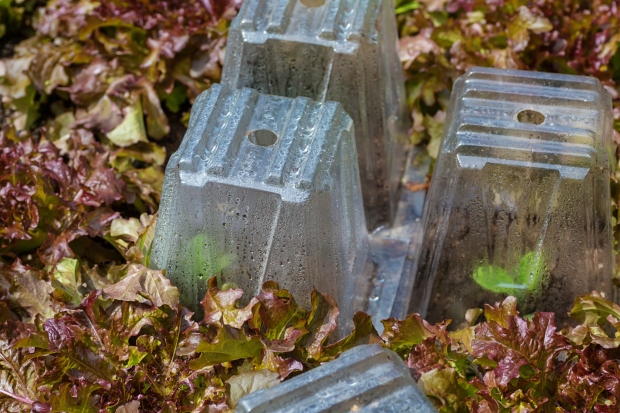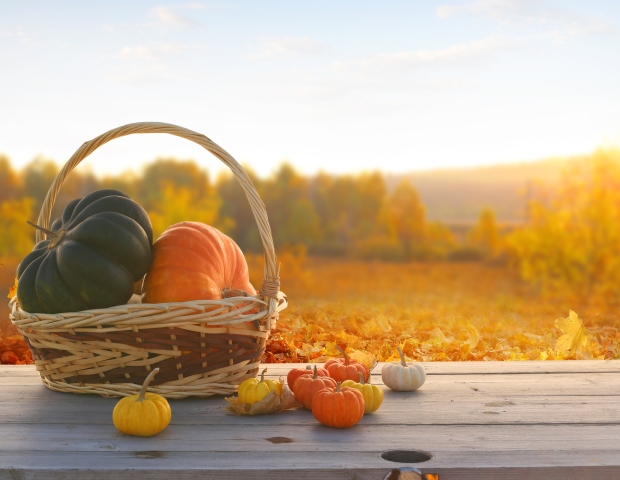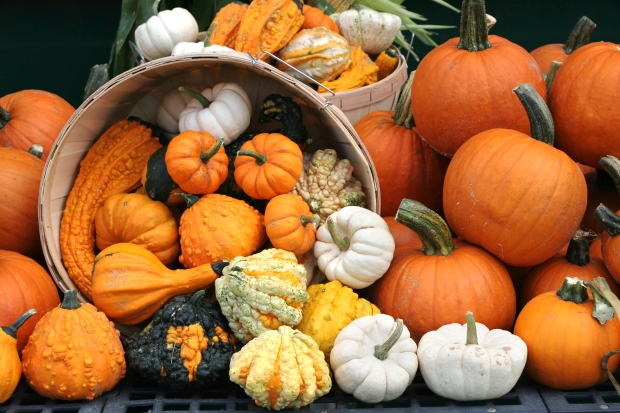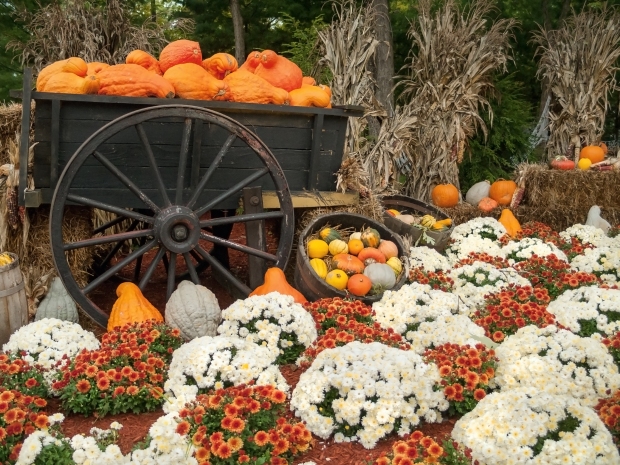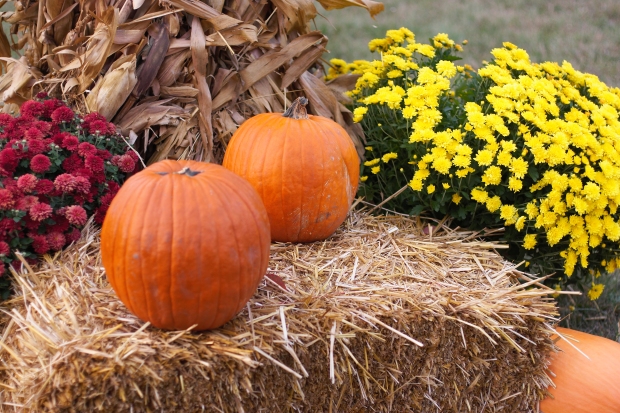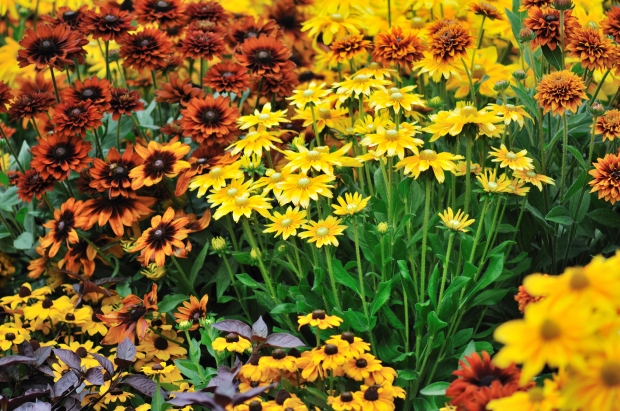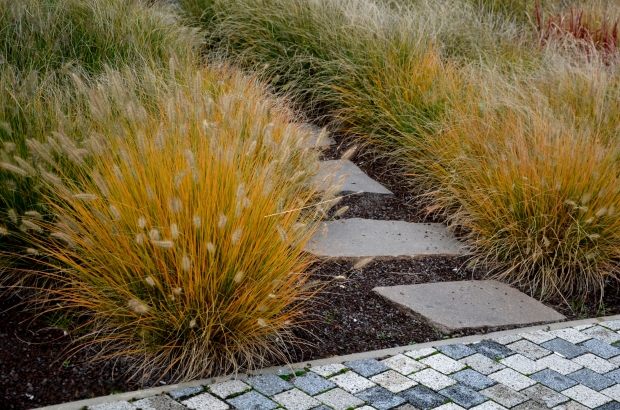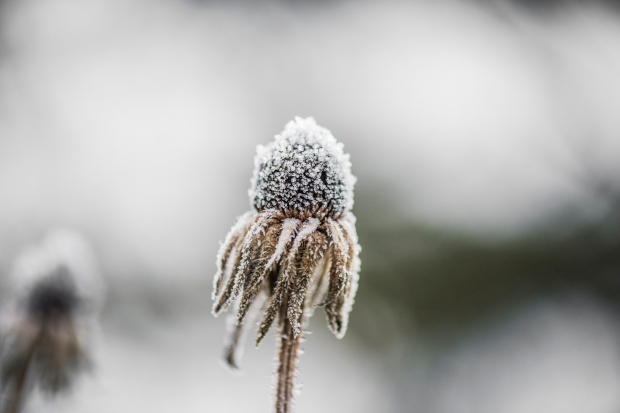أنواع مختلفة من بلورات الشفاء
جمشت

جمشت هو حجر قوي يمكن أن يوفر الشفاء للجسد الروحي والعاطفي. تزيل قوى طاقتها الإيجابية الطاقة السلبية لتوفير صحة عامة أفضل. احتفظ به في غرفة النوم للحصول على نوم أكثر راحة. يمكن استخدامه في المنزل لتشجيع الانسجام والوحدة بين أولئك الذين يعيشون فيه.
مرو (معدن)

مرو (معدن) بشاكرا التاج يعني أنه قد يكون له تأثيرات كبيرة على الدماغ. يقال إنه يفتح القدرات النفسية ويزيد التركيز ويطلق الذكريات المفقودة. الاعتقاد هو أن مرو (معدن) يربط جميع الشاكرات ويشجع على تطهير الروح. جسديًا ، يُعتقد أنه ينشط جهاز المناعة والتمثيل الغذائي ، مما قد يكون رائعًا لأي شخص يتطلع إلى إنقاص الوزن!
كوارتز وردي

كوارتز وردي “حجر الحب” بسبب اهتزازات الحب القوية والفرح والقبول والشفاء العاطفي. إنه مفيد جدًا للمؤمنين عند استخدامه في المنزل لعلاج العلاقات وتحقيق الوحدة. إنه يعمل على القلب ، القلب الأعلى ، وشاكرات الغدة الصعترية ، وعند استخدامه بانتظام يقال إنه يحسن جميع جوانب الحياة.
كالسيت

كالسيت هو حجر ممتاز لإزالة انسداد الطاقة الروحية والسماح بتدفق الاهتزازات الإيجابية للشفاء. قد يحفز العقل ويساعد على تحسين الذاكرة. عند استخدامه أثناء التأمل ، يمكن للمرء التخلي عن الماضي واستعادة الأمل في المستقبل. قد تؤدي اهتزازاته العالية أيضًا إلى تحسين الحيوية وتعزيز الحماس.
حجر السترين

حجر السترين يوفر طاقة شفاء قوية للمساعدة في إظهار الوفرة والثروة. يجلب السعادة والفرح للعديد من المستخدمين ويوفر قوة طاقة إيجابية لتخفيف الخوف والسلبية والقلق. يُزعم أنه يوفر أيضًا وضوح الفكر ويحسن الشفافية العقلية.
عقيق أبيض

عقيق أبيض حجر شفاء قوي يعمل على جميع الشاكرات لتحقيق التوازن بين العقل والجسد والروح. يزيل الطاقة السلبية ويسمح للطاقة الإيجابية بالتدفق. قد يساعد في الشفاء العاطفي للحزن واليأس وغالبًا ما يستخدم أثناء التأمل لاستعادة مشاعر الأمل والحماس.
حجر الأفينتورين

حجر الأفينتورين هو حجر تضخيم الطاقة يمكن أن يساعد في الظهور. غالبًا ما يعتبر حجر حظ سعيد لأنه قد يساعد في جذب الرخاء والحظ السعيد. يعزز الإبداع ويقوي المهارات القيادية. غالبًا ما يستخدم كمعزز للمزاج يمكن أن يساهم في تحسين الحيوية والسعادة.
Milky Quartz

Milky Quartz هو حجر قوي ، ينظف الجسم كله ويربط كل الشاكرات. يقال إنه يتصل بشكل صريح بالعين الثالثة وشاكرات التاج ، مما يفتح القدرات النفسية ويعزز التركيز والذاكرة والتواصل. يعتقد المعالجون أن Milky Quartz ممتاز في زيادة وظائف المناعة وشفاء الصداع والصداع النصفي ودوار الحركة والتهابات المثانة واضطرابات الجل
جاسبر أحمر

جاسبر أحمر حجر أساس يمنح المستخدم إحساسًا بالتوازن والاستقرار. إنه يعمل على الشاكرات السفلية لتعزيز الإبداع مع توفير قوة الإرادة لإنجاز الأشياء. والهدف من ذلك هو منح المستخدم رؤية أكبر حتى يتمكن من رؤية التحديات الحالية السابقة وإنشاء حلول تخدم غرضه الأعلى بشكل أفضل.
عقيق

عقيق حجر أساس له العديد من التأثيرات العلاجية المختلفة اعتمادًا على لون الحجر. عند استخدامه أثناء التأمل ، فقد يعزز الوعي الروحي ويحفز القدرات النفسية. إلى جانب هذا الوعي تأتي حقيقة الذات وبناء احترام الذات والثقة.
صوداليت

صوداليت هو الحجر القوي الذي عند استخدامه على شقرا العين الثالثة ، قد يساعد في تنمية القدرات النفسية. يقال إنه يعمل على شقرا الحلق للمساعدة في التواصل ، وخاصة في مجالات الخطابة. على طول الطريق ، قد يساعد في تحفيز الإبداع وتشجيع مهارات التفكير المعرفي.
العقيق الأسود

العقيق الأسود هو الأكثر ارتباطًا بشاكرا القاعدة. يُعتقد أن هذا الاتصال يساعد مرتديها / حاملها من خلال تأريضهم نفسياً وعاطفياً ، مما يسمح لهم بتجربة حدس أكثر عمقاً. من المفترض أنه يفتح الأفكار والعواطف الداخلية ، مما يتيح التعرف على أنماط السلوك الضارة. قد يساعد الاستقرار المكتسب من العقيق الأسود في إحساس عميق بالهدوء.
فلوريت

فلوريت يحفز الفكر ويعزز الوضوح العقلي. إنه حجر ممتاز لإزالة الطاقة السلبية. قد يساعد هذا في تخفيف التوتر والارتباك لتوفير إجراءات شفاء أقوى للعقل والجسد والروح.
Crackle Quartz

يُقال إن تنشيط الشاكرات التاجية والعين الثالثة يحدث في وجود Crackle Quartz . قد يؤدي استخدام هذا الحجر كتميمة إلى درء الطاقات الشريرة والسلبية وقد يساعد المالك على البقاء إيجابياً. من خلال تصفية الذهن ، Crackle Quartz التفاؤل أسهل ويسمح لك بأن تكون أكثر واقعية.
سبج

سبج حجر حماية ، يحمي من السلبية بخصائص تعزز الحقيقة. يقال إنه يجلب الوضوح للعقل ، ويخرج التوتر الذهني والتوتر الذي يؤدي أحيانًا إلى الارتباك. يمكنك حمله معك للمساعدة في درء القوى السلبية أو الاحتفاظ بالحجر في منزلك أو مكتبك أو أي مكان تحتاج فيه إلى طاقة وقائية.
المعلومات الواردة في هذا القسم ميتافيزيقية بطبيعتها. لا ينبغي استخدام البلورات كبديل للعلاج الطبي.




